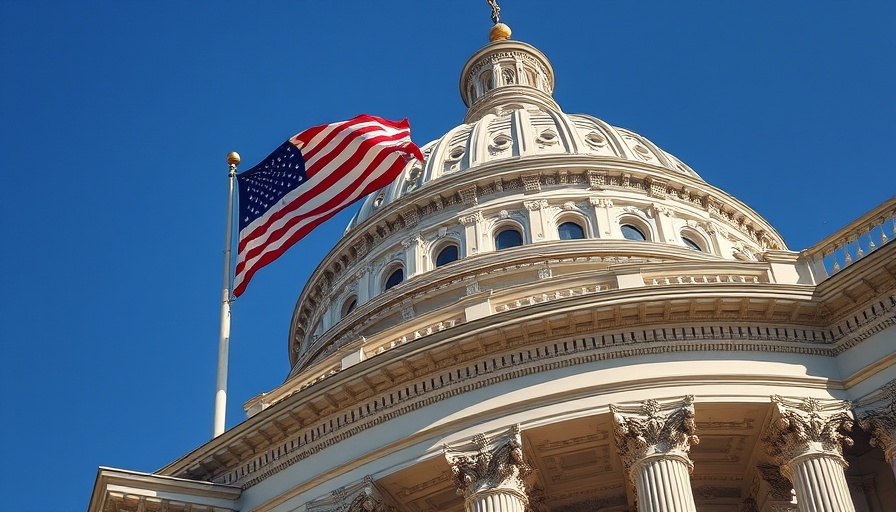
The Rising Demand for Cosmetic Surgery
In our visually driven world, cosmetic surgery has transitioned from an exclusive luxury to a common choice for many looking to enhance their appearance. With social media platforms amplifying images of idealized beauty, younger generations are particularly drawn to these procedures, leading to a notable increase in demand. The American Society of Plastic Surgeons reported that in 2021 alone, Americans spent over $14.6 billion on aesthetic procedures, highlighting the normalization of what was once considered taboo.
Understanding the Costs of Cosmetic Procedures
While there is a growing acceptance of cosmetic enhancements, the financial realities remain daunting. On average, the costs for some of the most popular elective surgeries in the U.S. can shock potential patients. Rhinoplasty can cost around $5,400, while breast augmentation varies between $4,500 and $6,000. These figures further escalate when considering additional expenses like anesthesia and facility fees, making some procedures price out of reach for those not prepared financially.
Creative Financing Options for Cosmetic Surgery
The increasing costs have led many to seek novel ways to finance their desired procedures. While some individuals opt for traditional routes like saving over time or using credit cards, others turn to specialized medical financing. These plans allow patients to manage payments in installments rather than one large sum upfront. Such options are becoming vital as many consider cosmetic procedures a necessary part of self-care in a society that values appearance.
The Impact of Societal Norms on Cosmetic Surgery
The stigma surrounding cosmetic surgery has diminished significantly in recent years. Influencers and celebrities openly discussing their procedures has altered perceptions, making it easier for everyday individuals to embrace cosmetic changes. This shift has essentially transformed the way society views self-improvement, nudging more individuals to prioritize aesthetics as part of their overall well-being.
Ethical Considerations and Accessibility Challenges
As cosmetic surgeries become more mainstream, questions surrounding ethics and accessibility grow louder. With many procedures not covered by insurance, there remains a vast economic divide in who can access these enhancements. Younger patients, particularly those under 35, often increasingly relinquish their savings to fund surgeries without the guarantee of satisfaction. This poses a dilemma where the promise of improved self-image may not always match the reality, leading to a cycle of financial and emotional strain.
Looking Ahead: The Future of Cosmetic Surgery Financing
As cosmetic surgery continues its rise, it’s likely that financial solutions will also evolve. The advent of technology has already introduced digital platforms that assist consumers in finding financing options tailored to their needs. Moreover, as the conversation around self-care expands, we can expect increased pressure for insurers to include cosmetic procedures under coverage plans, mirroring trends seen in other healthcare advancements. Though this may still be a long way off, it demonstrates that financial support for cosmetic work could align with the cultural shift toward recognizing the importance of personal wellness.
In conclusion, the cost of cosmetic surgery is undeniably steep, but awareness is rising, prompting innovations in financing to better serve the growing number of those who opt for aesthetic enhancements. If you're considering a cosmetic procedure, it’s crucial to weigh the financial implications carefully, explore various payment options, and consider how this choice aligns with your overall well-being.
 Add Row
Add Row  Add
Add 




Write A Comment